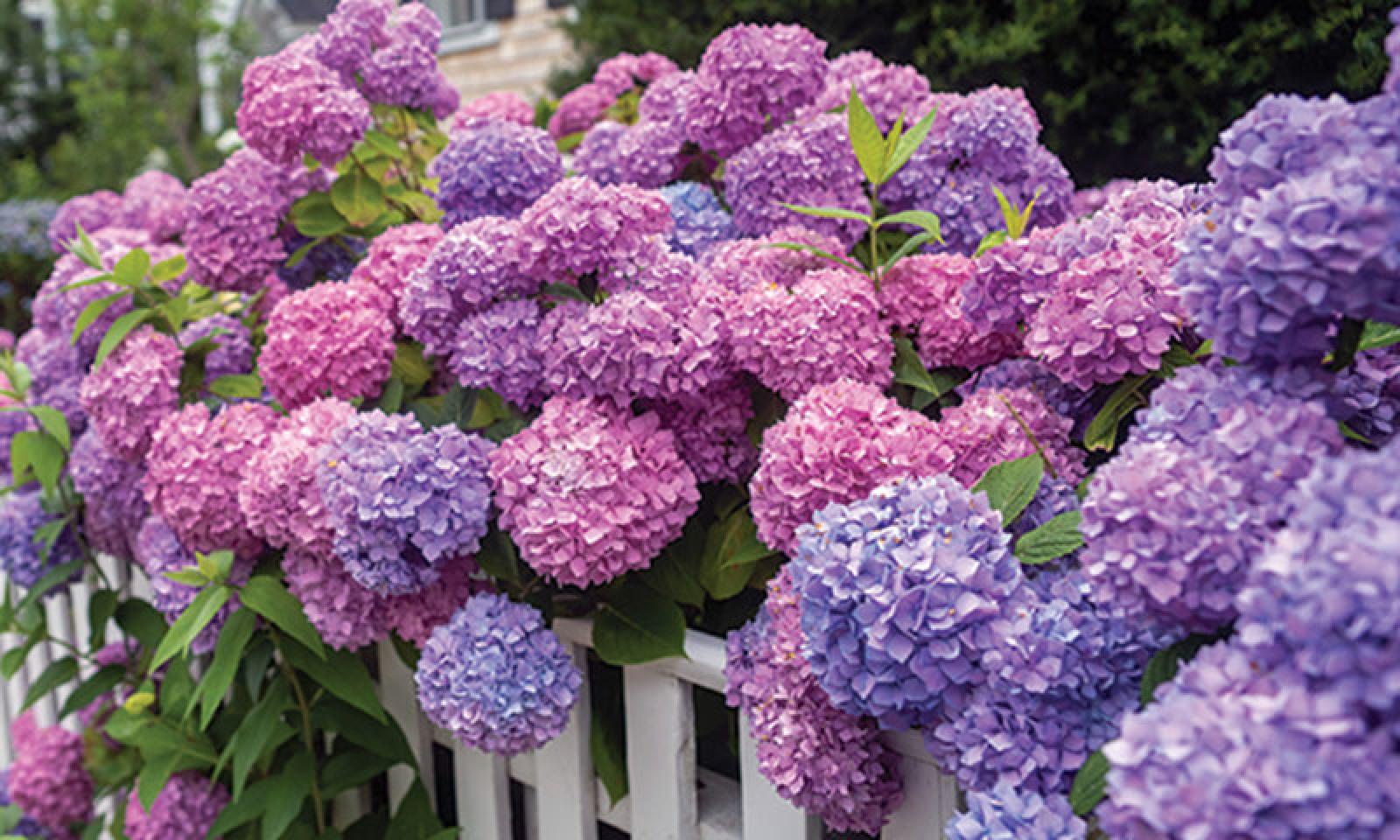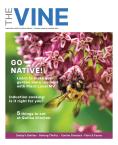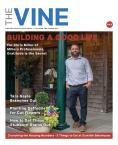“I don’t see with my eyeballs outdoors.”
This is a common excuse in my household, one I keep on hand in the event that anyone asks about the kids’ camp backpacks, still slumped on the porch, the crispy, sun-dried beach towels blown over the deck, or the garden which, by mid-summer, is often wilting into a tangle of parched potential.
Of course (and gratefully) I do see with my eyeballs just fine. Inside the four walls of my home, I’m generally a fairly competent observer; most days it feels like I spend nearly all of my waking hours relocating things – toys, dishes, clothing, art supplies – from one spot to the next. But once outdoors, I have a strict and well-trodden route from home to driveway, which I typically travel without pause, incident or observation. The trash bins might be overflowing, balls, bikes and boogie boards strewn about the lawn. There could be a jungle of elephants, lions and tigers, and I might casually wonder if the neighbors’ dogs were visiting again; such is my commitment to not noticing all that happens in my own backyard.
It’s not just the mess I don’t see. Five years ago, my husband and I swapped houses with his parents, which means we are the lucky beneficiaries of decades worth of perennial plantings, an herb garden and flower beds, even trees that my mother-in-law started as saplings, now mature and stunningly gorgeous in bloom.
Or so I’ve heard. Each spring and summer the buds and beds wake up, show off and disappear, and maybe, at some point in this performance, in my rush to shuttle somebody someplace, I’ll say to myself, "Was that here yesterday?"
But this obliviousness, like much of who we all used to be, was in the before-times. Not only have I now had a year-plus in quarantine by which to become better acquainted with all of the small, overlooked wonders of daily life, but – in a surprising pandemic twist – I also had a baby.
Having a baby might not seem the most natural catalyst for “paying new and reverent attention to things,” particularly things that are not the actual baby. Certainly when my older children were infants I wasn’t waxing poetic about how green the grass was growing; I was mostly staring vacantly at the ceiling, or lost in spreadsheets, attempting to maintain some semblance of control via data points (data points!) tracking things like feeding times and nap length.
Maybe it’s because this is not my first (sleepless) rodeo, or because my other kids are old enough to do most things – aside from carrying in their own darn backpacks – independently; or maybe it is, in part, that I’ve started to see with pandemic-colored glasses, starved for anything that might represent rebirth, goodness and/or beauty.
These days, the ones that I spend in bleary-eyed shifts, tending to the basic needs of a newborn, I do a lot of staring out the window. From my post on a yoga ball, endlessly shushing the baby to sleep, I can glimpse two small squares of light peeking through folds of the black-out curtains. In late spring, the squares filled first with bursts of bright pink flowers. (Observationally-challenged humans are naturally not well-versed in the names of flora or fauna.) Several weeks of bouncing later, the pink flowers had shriveled and vanished, and big, blue bulb shapes started to take their place. (These I knew to be hydrangea, but not willingly.)
When the yoga ball failed me, I’d strap the baby in a sling (which, these days, requires the assistance of several YouTube videos and an MFA in origami folding) and pace the length of the stone walk. You’d never believe what I saw out there! Flowers in many different colors! Trees that bloom in turn!
After some days of marveling like an inebriated alien visitor at the strange shapes and patterns of branches, leaves and petals, I did what any budding botanist would do: I downloaded an app on my phone. Now all I have to do is snap a picture and not only do I notice things in bloom as they’re blooming, but also I know what to call them.
Clematis is the creeping vine with pale pink flowers; when the baby is settled, I turn his chair to face the window so he can see it too. One afternoon, I talk (fine, bribe) the older kids into helping me weed the flower garden, and we discover that Japanese Meadowsweet – spiraea – is what has been exploding in fuchsia constellations at one end, with coreopsis and campanula sprawling out towards the other. The trees they’ve been climbing since they were old enough to reach the lowest branches? Star Magnolia. Kousa Dogwood. This year, for the first time, I notice that they bloom exactly back-to-back, with hardly a colorless day between them.
I remember the first time I heard the phrase “new normal,” in reference to post-pandemic life. It seemed absurd. Would things get so bad that we’d never just be normal again? Regular, old normal; nothing new about it?
But if this new normal comes with a side of gratitude and a better view from the yoga ball, I guess my eyeballs and I will simply have to adjust.
Alex Bullen Coutts is a writer living in West Tisbury.











Comments